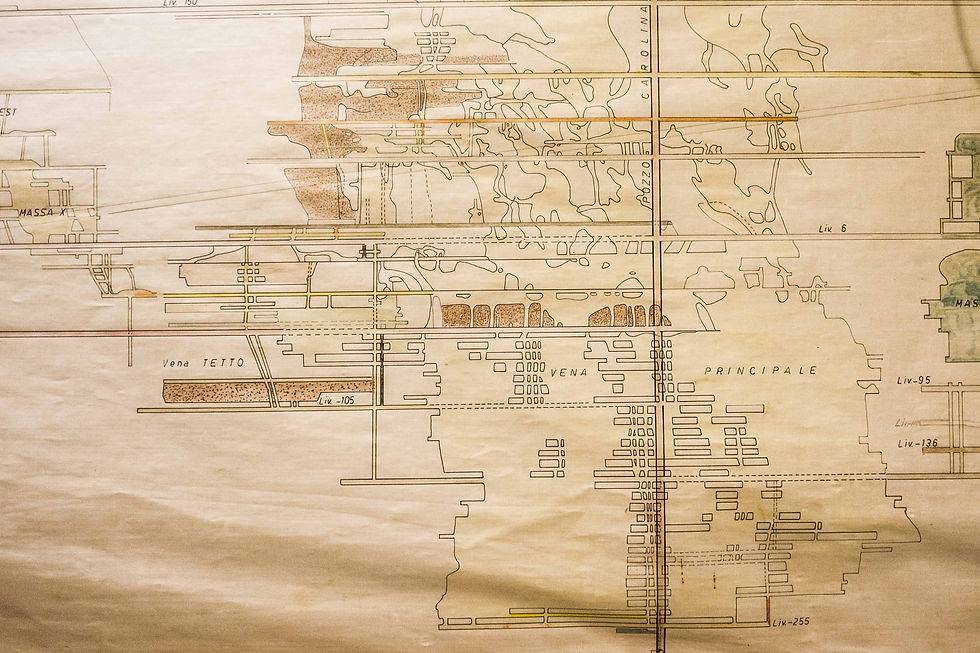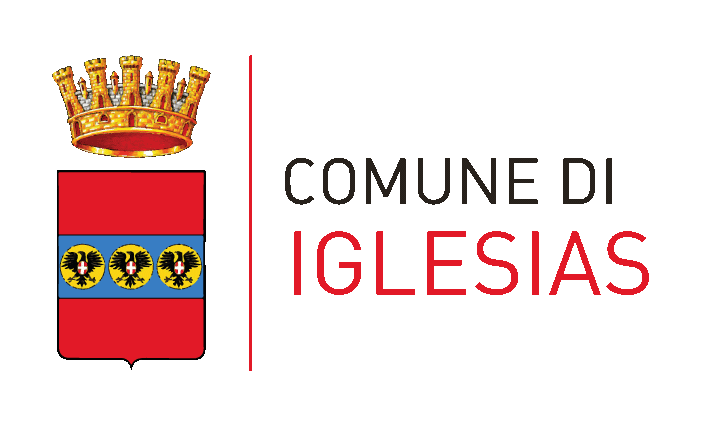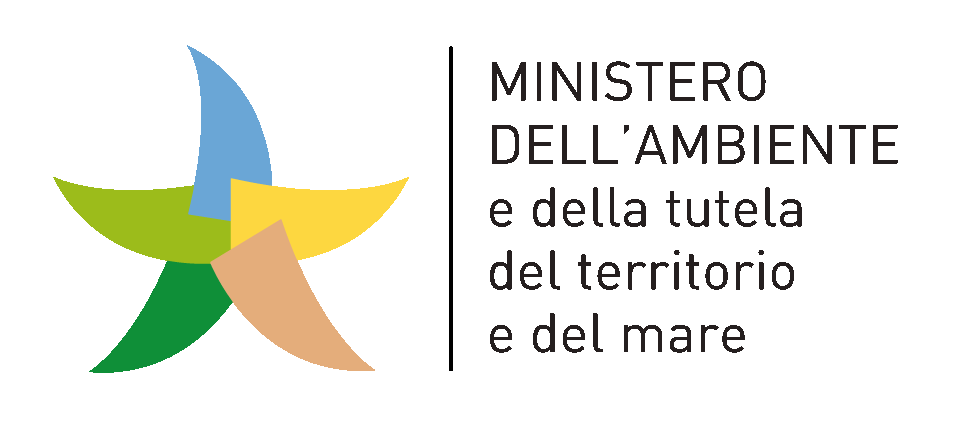
LW
SARDINIA 2016
The sixth edition of the workshop was held at the old floatation plant in proximity of Masua, an old mining complex along the southwest coast of Sardinia. The site is part of the Historical and Environmental Geo-Mining Park of Sardinia, included in the Global Network of Geoparks of UNESCO, a network of territories that UNESCO has targeted for preservation due to their particularly significant geological heritage. Along with its exceptional geographic character, the mining settlements of Masua and Porto Flavia are today museums of natural history. The site is unique because it provides a summary of the entire anthropological history of Sardinia, an island that since ancient times has been a valuable source of metals and coal extraction for the entire Mediterranean region.
The area of the Iglesiente covers about 480Kmq of southeast Sardinia between the areas of Arbus, Guspini and Sulcis. The most important mines are within the so-called “metalliferous ring of the Iglesiente”, where the mineralisation of lead, silver and zinc is found in the carbonate geological formations which, according to paleontological dating methods, are over 500 million years old, making them the most ancient rocks in Italy. Other important mines are spread across the territories of the municipalities of Domusnovas, Fluminimaggiore, Buggeru and Gonnesa, home of the only currently active Italian coal mine.
Masua: Geologists and palaeontologists from America, Australia and Germany come here to study the very rare red shale or trilobites, fossils of the Cambrian period (550 million years ago). There are few signs of human presence here.
There is very little left to see of the mining basin except for two jewels of industrial archaeology that are worth a trip to Sardinia: the Lamarmora washery at Nebida and Porto Flavia at Masua.
At Masua, mining dates back to the Pisa period, with testimony from 1688. After World War II, the mining deposit was nearly exhausted.
Porto Flavia: The Masua mine is now identified with Porto Flavia. Before its opening, materials were shoulder-carried in 70 Kg baskets to lateen sailboats, later motorised. The trip alone took 8 hours. Engineer Cesare Vecelli put an end to everything. He invented a unique system: two tunnels dug into the mountain in front of Pan di Zucchero. Wagons carrying the minerals arrived in the upper tunnel and through nine silos the minerals reached the lower tunnel. There, a conveyor belt and mobile arm loaded them on merchant ships capable of mooring alongside the coast for the time necessary to complete the job. Vecelli’s system shortened the process from 4 days to 4 hours. It was the end of an era.
Nebida: The extraction of minerals at the Nebida mine began in 1865. In the 1897, the Lamarmora washery was built. In 1995, nearly 100 years later, the Superintendency of Cagliari and Oristano restored the Lamarmora washery, and, according to UNESCO experts, it represents a perfect place for contemplation.



TEAM LEADERS

PROJECT

4 ELEMENT | Team Leaders: Pedro CAMARENA + Christiane SFEIR | Tutors: Bachar Al-Amine + Mimi Coviello + Lorenzo Franceschini

ROUTE TO ROOTS, ROOTS TO ROUTE | Team Leader: Ferdinand LUDWIG | Tutor: Sergio Sanna

WHERE IS MASUA? | Team Leader: Isabella INTI | Tutor: Carlalberto AMADORI

PURPLE RAIN | Team Leader: Stefan TISCHER | Tutor: Sarkis Kourjian

TIMONE DI NEBIDA | Team Leader: Roberto ZANCAN | Tutors: Francesco Cucchiara + Mariangela Sai

MAMM | Team Leader: Christian PHONGPHIT | Tutor: Andrea Maspero
















































